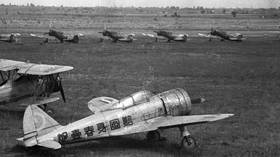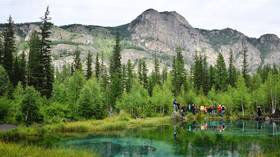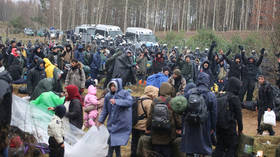Japanese plan to invade USSR revealed

The Japanese Army planned to invade the USSR and seize vast swaths of Siberian territory during World War II, newly declassified information published by Russia’s Federal Security Service (FSB) revealed on Thursday.
The release of the previously unknown information is timed to coincide with the 73rd anniversary of the completion of the Tokyo trial, the International Military Tribunal for the Far East held from 1946 to 1948, which determined the fate of the central Japanese war criminals.
According to the FSB, information about an attack on the USSR came from several interviews with captured Japanese officials and officers, including Kyoji Tominaga, the former Japanese deputy minister of war. Tominaga was a prisoner of war in Russia and was interrogated by SMERSH, the Soviet Union’s military counterintelligence agency.
Tominaga revealed to agents that Japanese troops were to attack Primorye, the part of Russia closest to the ‘Land of the Rising Sun’.
“After the occupation of the Vladivostok Plain by these troops, according to the plan developed by me, the Northern Front was to launch an offensive consisting of seven divisions, an artillery brigade, and other special units,” the prisoner of war said.
SMERSH also managed to arrest and interrogate a handful of other Japanese officials and servicemen, including a colonel named Saburo Asada. In Asada’s interrogation, he testified that Tokyo had planned “bacteriological sabotage” against the Red Army.
“[They] testified that the Japanese government had been preparing a war against the Soviet Union for many years,” Colonel-General Viktor Abakumov, the head of SMERSH, wrote in a memorandum to the Soviet government on February 13, 1946. “The Japanese General Staff developed its own plan of attack on the USSR, similar to ‘Barbarossa’, with the code name ‘Kantokuen.’”
The Soviet-Japanese war ended in September 1945, a few months after the surrender of Nazi Germany. It ended in a victory for the USSR and its ally Mongolia. As a result, the Soviet Union took control of the South Sakhalin and the Kuril Islands. It took another 11 years for the two countries to agree to formally end the conflict but, as of today, they have still not resolved the dispute over territories that are now in Russia’s possession.
Like this story? Share it with a friend!















